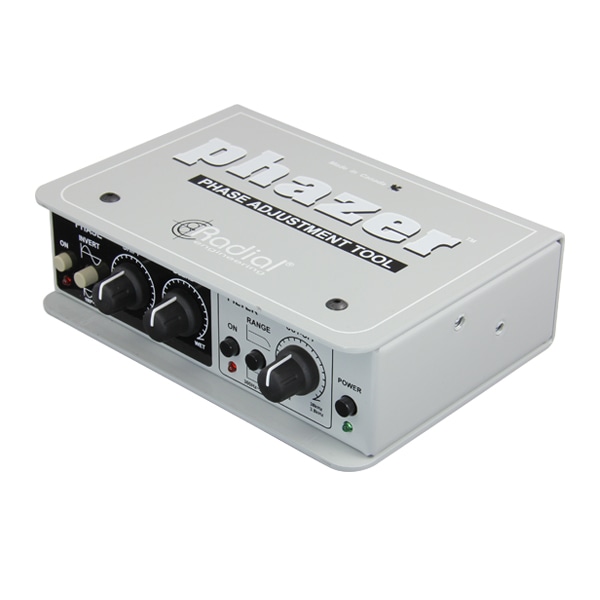Hello
@Tim Link Happy new year.
I’m not sure if this is entirely relevant to this thread, but since it’s ultimately about crosstalk, I’ll keep it brief.
Setting up a physical barrier so that the left channel is heard only by the left ear and the right channel only by the right ear results in the opposite ear missing what it’s supposed to hear. It feels as though all opposite ear information, including head shadowing, is entirely muted.
On the other hand, using arrays or back-and-forth signal cross-repetition (both universal and personalized), the negative aspects are minimized while retaining what the right ear must hear from the left channel (preserving the speaker-like identity).
And I suddenly had the thought today—what if crosstalk cancellation were applied only to the opposite ear?
Yes, of course, this is impossible in a real-world setting (arrays, XTC-type software, etc.).
But as you know, I’m a BRIR user, and since I can manipulate each impulse individually, I wanted to test this out. So, I opened the files of another user I’ve been helping recently.
It might sound confusing, but I’ll try to keep it as brief as possible.
This is the response of a certain user. Naturally, the impulse includes ITD,
and you can see the left/right channel responses for the left and right ears. ILD is also present.
And this is the crosstalk, including head shadowing, derived from the right speaker's right ear and the left speaker's right ear /// the left speaker's left ear and the right speaker's left ear.
The yellow graph represents the original left speaker's right ear response, and the dark blue graph shows the response after cancellation.
I also checked how the combined left and right responses would look, as it would be heard in a real-world scenario.
Since the user's file is not from a 30-degree stereo setup, the shape of the dip is slightly different, but you can still see the typical dip caused by crosstalk, as Dr. Toole also mentioned.
The added red graph represents the response when the cancellation signal is applied accurately only to the opposite ear and then combined. The dip has disappeared.
This is something that’s impossible in reality, but what I did was precisely remove only the negative crosstalk from each opposite ear response.
I’d like to hear various perspectives on the results of this test.
Since this isn’t my file, I couldn’t accurately judge the sense of localization when listening, but with pink noise, I could clearly hear a difference in tonal balance. However, the overall image didn’t change significantly. When listening binaurally, it seemed to come closer to the ears, but this is something I’ll need to test later with my own file.
In my opinion, this demonstrates that accurately personalized crosstalk cancellation was performed with just a single cancellation step, without any unnecessary signals, and this is also reflected in the combined response.
However, the auditory impression of this feels different from typical signal crossovers or array-based crosstalk cancellation.
